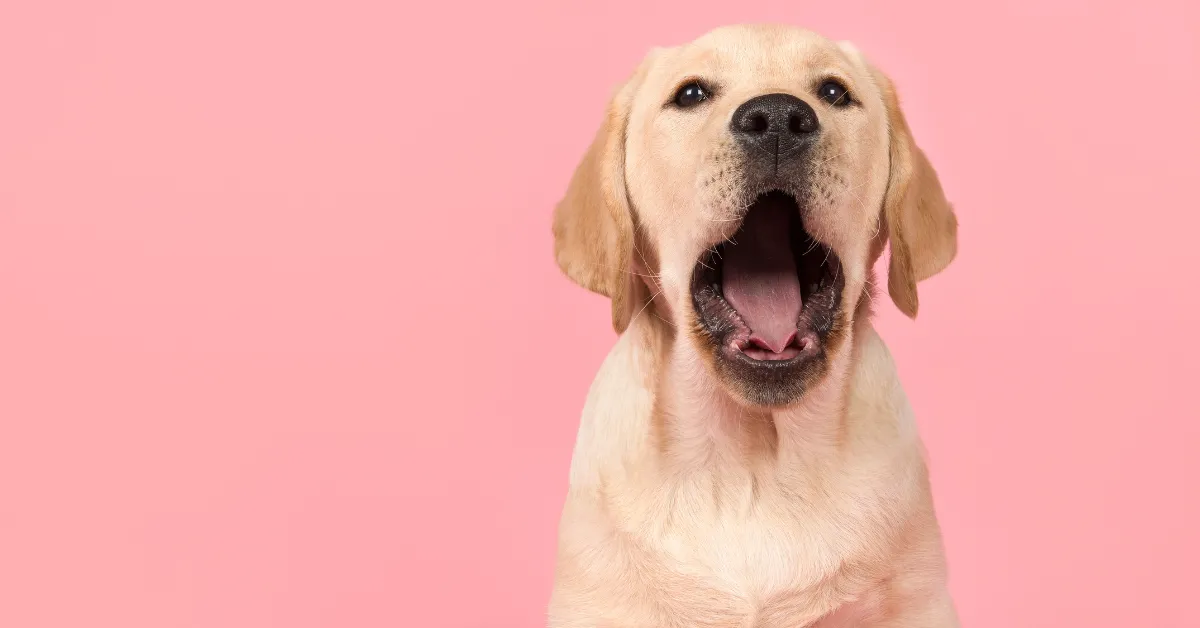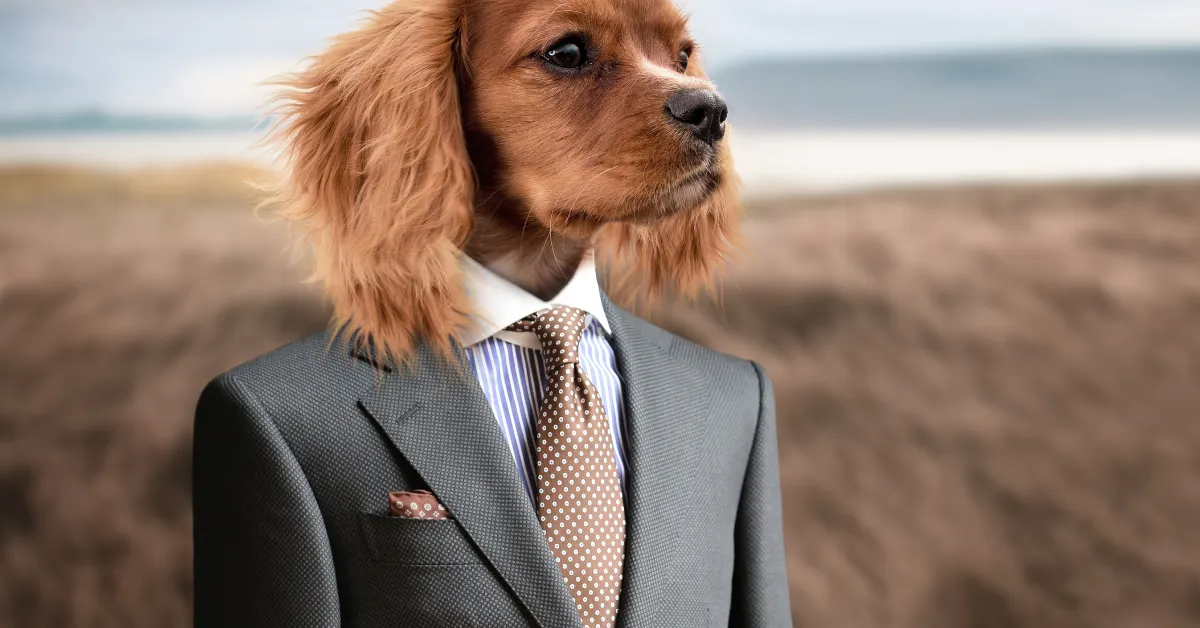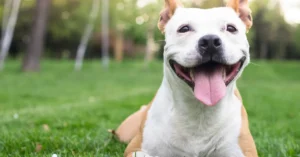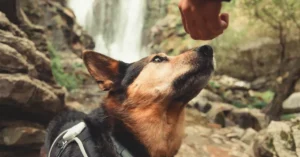10 Dog Breeds Banned Around the World—And the Surprising Reasons Why
Ask any group of dog lovers or experts what the most dangerous dog breed is, and you’ll likely get ten different answers. The truth is, there’s no single breed that everyone agrees is the most dangerous. But some dogs appear more often in attack reports, and that’s led certain countries to completely ban them from being owned, bred, or sold.
This list is based on dog breeds that show up the most on government blacklists. These dogs are often seen as dangerous—not because they’re bad dogs—but because of their size, power, and history.
Let’s take a closer look at 10 breeds banned or restricted in many parts of the world and why they ended up with such serious reputations.
1. American Bulldog
Banned in Denmark, Singapore, and a few other countries.
This strong, muscular breed comes from the southern U.S. It was once used as a farm dog, mainly to catch and hold down wild boars that weighed over 100 kilos and had dangerous tusks.
American Bulldogs have an incredibly high pain tolerance. That makes them excellent working dogs—but it also means they don’t back off easily if things go wrong. Because of their strength and bold nature, some countries have decided they’re too risky to keep as pets.
2. Bandog
The name “Bandog” goes way back to the Middle Ages. Back then, it referred to large dogs chained up during the day and letting loose at night to guard homes or property.
Today’s Bandog is usually a cross between an American Pit Bull Terrier and one of several types of Mastiffs. The goal was to create a dog that had the strength and size of a Mastiff, with the alertness and energy of a Pit Bull.
Since it’s a mix of two breeds already banned in many countries, Bandogs are banned wherever either parent breed is illegal.
3. Neapolitan Mastiff
Also called: Mastino
Banned in Singapore; special requirements in Romania.
This huge, wrinkly dog comes from Italy. Long ago, Neapolitan Mastiffs were used by the Romans for war and even as fighters in the Colosseum.
Today, people mostly keep them for guarding their homes. But because of their size and intimidating appearance, some countries either ban them or require owners to get special permission—like a mental health certificate proving the dog is safe.
4. Wolf Dog
Wolf dogs are hybrids—part dog, part wolf. There are a few types, like the Czechoslovakian Wolfdog (a mix of a German Shepherd and a Carpathian wolf) and the Mackenzie Valley Wolfdog.
Wolf dogs can be loyal and loving one minute—and wild and unpredictable the next. Some behave like house pets, while others are much harder to control.
There have been many reports of wolf dogs attacking children, who they sometimes mistake as prey. Because of that, countries like Norway have banned them.
5. Boerboel
Name origin: “Boerboel” means “farm dog” in Afrikaans, spoken in South Africa.
These dogs are known for being excellent protectors. They’re usually calm around their families and are especially good with children they know.
But Boerboels are also big, muscular, and bred to defend property. They’re not naturally aggressive, but their strength alone can make them dangerous in the wrong hands. Denmark has banned the breed entirely.
6. Dogo Argentino
Also known as: Argentine Mastiff
Banned in Australia, New Zealand, Portugal, and at least 10 other countries.
This breed was initially created for hunting large game—like wild boars and pumas. It was developed from the Cordoba Fighting Dog and several other breeds, including the Great Dane and the Irish Wolfhound.
Dogo Argentinos are strong, fast, and brave. However, their hunting background and size have made them controversial. They’re banned in several countries because of concerns about aggression and past attacks.
7. Perro de Presa Canario
Also known as Canary Mastiff
Banned in: Australia, New Zealand.
This big, muscular dog comes from the Canary Islands. Although officially recognized as a breed in 2001, it quickly gained a bad reputation.
In that same year, a woman was killed by two of these dogs in her own home. The dogs’ owners were found guilty of murder and sentenced to jail. Since then, the breed has been banned in multiple countries.
8. Fila Brasileiro
Also known as Brazilian Mastiff
Banned in Great Britain and restricted in several other countries.
The Fila Brasileiro was originally bred to hunt wild animals like jaguars and boars. They’re strong, loyal, and fearless—but they’re also known for being very independent and hard to train.
Dog show judges in Brazil are told not to touch them, and these dogs aren’t disqualified for being aggressive in the ring. People who love the breed often admire its protective and territorial behavior—but that same trait makes it dangerous in public settings.
9. Tosa Inu
Also called Japanese Mastiff
Banned in Norway, Malta, Denmark, and more.
The Tosa Inu was explicitly bred for fighting. These dogs don’t bark or growl in fights. They’re trained to stay quiet, move with strength, and pin their opponent down with pure muscle.
Because of their fighting background and size, Tosa Inus are banned in many countries. Even in places where they’re allowed, owners often need a special license and must follow strict rules.
10. American Pit Bull Terrier
Banned in: Parts of the U.S., Canada, and many other countries.
Pit Bulls might be the most talked-about breed on this list. They’re often connected to news stories about dog attacks; many people fear them.
But not all Pit Bulls are dangerous. This breed was never originally meant to attack people. Most aggression comes from poor training, abuse, or bad breeding.
Despite that, Pit Bulls have been banned in many places. Lawmakers often feel it’s better to be safe than sorry, even if that means punishing dogs that have never done anything wrong.
Final Thoughts
Labelling a dog as “dangerous” is easy when you hear stories of attacks or see a powerful breed on the news. But in most cases, the real danger lies in poor ownership, lack of training, or misunderstanding the dog’s needs.
Many dogs on this list are loyal, gentle, and loving when raised in the right environment. But because of their strength, history, and how they’ve been used, some countries choose to ban them as a safety measure.
If you’re considering getting one of these breeds, ensure you understand the local laws. More importantly, I must be ready to provide intense training, proper care, and lots of time and attention.
Every dog deserves a chance to thrive—but not every owner is prepared to handle that responsibility.
Choose wisely—and love fully.
Share this content:















Post Comment